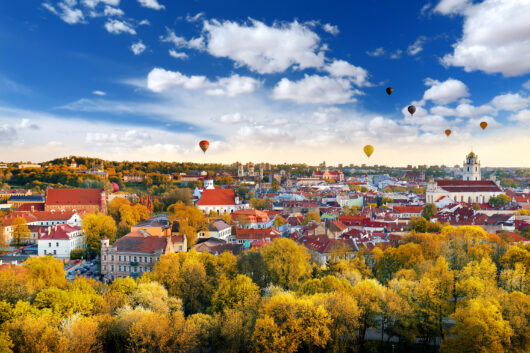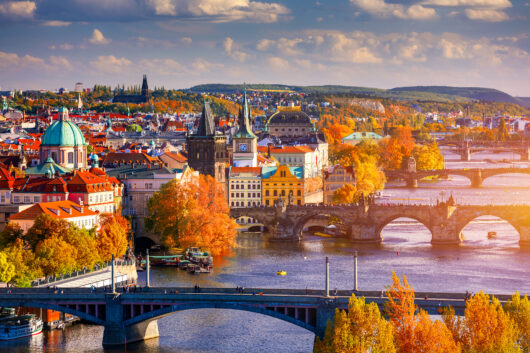Welcome to bilety.pl the go to place for your unforgettable adventures. With an array of bus connections be it local or international we ensure our platform is a one stop shop to cater for your needs. Today, we invite you to journey back in time with us. Have you ever wondered where bus travel actually began or where the name “bus” comes from? Few people know the fascinating history behind this essential mode of transport. Discover the story as you embark on your next trip, booked effortlessly through our website.
The first bus companies
We rely on buses for our regular commutes to work, school, holidays or to our dream destinations and it is impossible to imagine our lives without these essential vehicles. The predecessors of modern busses passenger transport were horse-drawn stagecoaches and omnibuses. The word omnibus comes from the Latin word “for all”. In 1895, the world’s first motorized bus connected the city of Siegen which is situated in Germany with the outlying towns of Nepthen and Deuz. It could take 8 passengers on board and covered the 15 km route in one hour and 20 minutes. During the steepest climb, physical exercise was included as passengers had to push the vehicle and this was included in the ticket price.
Articulated and low-floor buses
In the 1920s, there was a mass production of buses by companies such as Ford, which made this means of transport much more accessible. In the 1930s, double-decker buses were introduced in London, which are a symbol of the city to this day. The first buses were made by building a passenger cabin on a truck chassis. It was only till the 1950s that Italian and German companies initiated the construction of articulated buses that could accommodate more passengers. In Poland, in 1946, Miejskie Zakłady Autobusowe (MZA) was established, which significantly influenced the development of public transport in the Polish capital. In our country, buses were also produced by the Jelcz and Autosan companies, which specialized in making city and intercity buses. Many older passengers undoubtedly remember the iconic Hungarian Ikarus 280 buses, known for their underfloor engines. However, this design raised the floor, complicating boarding and alighting for people with reduced mobility. For years, efforts have been made to lower the floor to make buses more accessible and to speed up passenger exchange at stops. The expansion of the highway network also spurred the growth of long-distance bus routes. In the USA, Greyhound has become a symbol of long-distance bus travel.

Modern buses
In the 2000s, hybrid and electric buses became increasingly popular, and intelligent traffic management systems increased the efficiency of public transport in cities. Fully low-floor buses with a tower-built engine in the rear corner of the body began to become standard in the urban segment. And after 2010, the increasing importance of ecology led to the implementation of electric buses. Warsaw, Krakow and other larger cities are starting to invest in more ecological and effective transport solutions. Autonomous buses are also being tested in Singapore, in which the passenger selects the stop, and the bus itself chooses the route and avoids obstacles.
Modern buses represent significant progress in the field of public transport, combining advanced driving technologies, passenger comfort, safety and care for the environment. Innovations such as electric and hydrogen drives, autonomous driving systems and intelligent fleet management are changing the face of public transport, making it more effective and environmentally friendly.
From horse-drawn transport to autonomous buses
The history of buses reflects technological development and the changing needs of societies. From simple horse-drawn carriages to advanced autonomous vehicles, buses have played a key role in shaping public transport systems around the world. Their evolution shows how technological innovations can transform people’s everyday lives, offering increasingly efficient, ecological and accessible means of transport.
With that being said, we have various carriers on the bilety.pl platform including: Sindbad, Polonus, Lux Express, Ecolines and Flixbus. Each of these companies invests in state-of-the-art coaches to ensure that the journey for our passengers is, above all, safe and comfortable. It’s nice to go back to history and see what traveling was like just a few decades ago, but we are glad that now traveling by bus is pure pleasure. Not to mention the economic values and concern for ecology. Do you want to get more information about buses and booking your next trip? Get on board with bilety.pl!
Author: Karol Dzieciątko
Passionate about travel, especially bus travel.
Do you have any comments, comments or inspirations?
Write to me at karol@aura.pl






